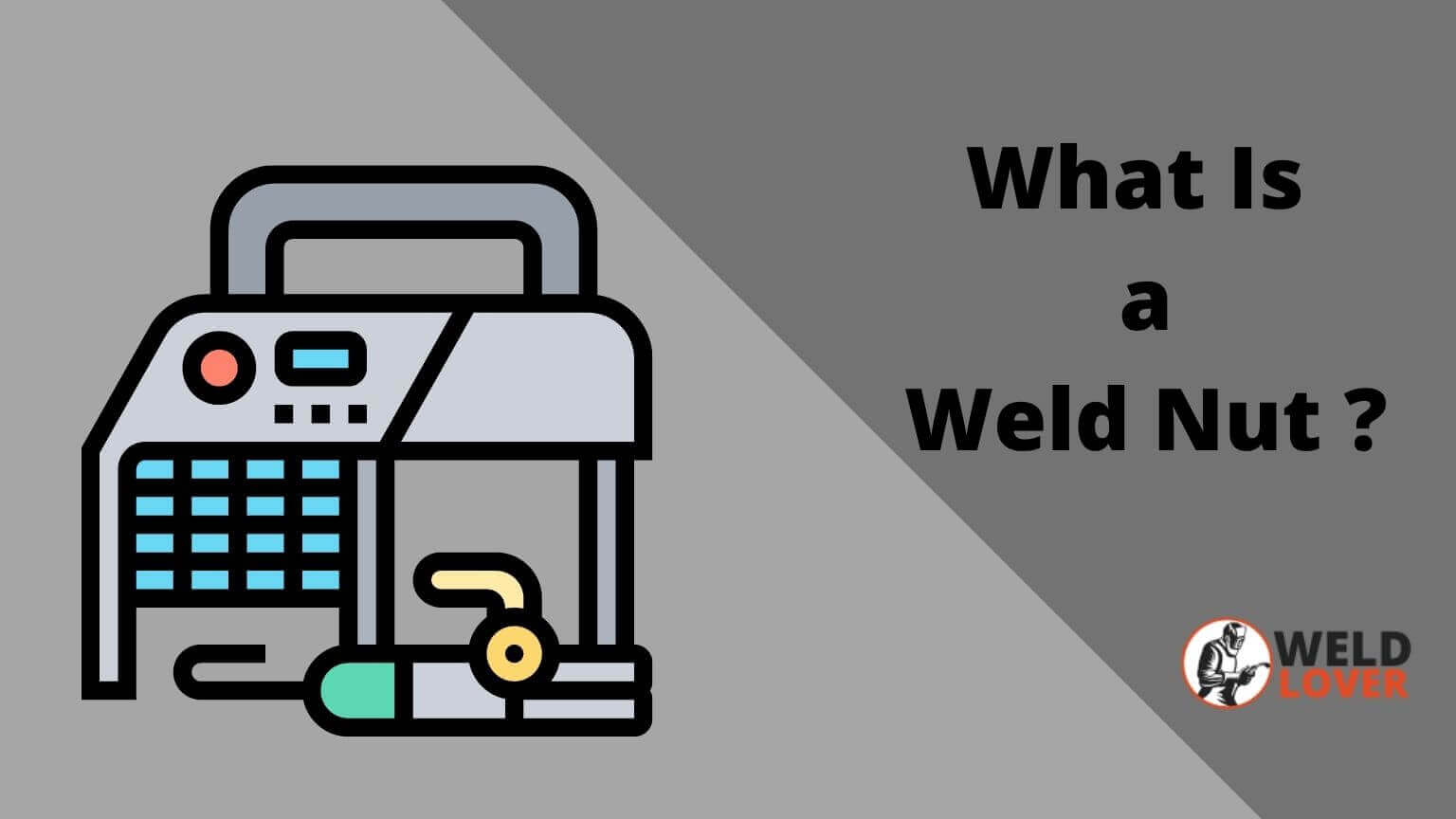Weld nuts have significant importance in welding. So, both experts and newbies should be aware of its types and the process applied to join them. If you are new to welding, then you may be thinking about what is a weld nut? It is a special form of but which is crafted to be joined to other workpiece metal.
Apart from that, weld nuts are of diverse types, and each weld is made for a particular job. Some of these weld nuts include twin piloted nuts, tube end nuts, retainer weld nuts, hex & square nuts, tab base nuts, slab base nuts, round base nuts, and many more. Proceeds reason to learn in detail about these weld nuts and their welding process.
Weld Nuts: In brief
Mostly the weld nuts are created from stainless steel and low-carbon steel. In case weld nuts are made up of low carbon steel, then the zinc coating is mandatory to prevent corrosion over it. In addition, the weld nuts with zinc coating are more reliable and are the best value for money than stainless steel weld nuts.
We can differentiate between weld nuts based on their size, material, shape, and thickness. Do you know the industrial level weld nuts can be attached to other metal pieces? The reason is weld nuts reduce gaps and increase the efficiency of the welding process.
There are various sizes of weld nuts available in the market to serve the welder from every point of view. Similarly, the hex and squeeze weld nuts are ideal for heavy applications, while tab weld nuts are suitable for light applications. Further, resistance welding is the welding technique you can manipulate to attach to ensure the right balance, currents, and time.
Related:
Requirement of welding weld nuts
The absolute rating titled on the nameplates of welding appliances is the level of current that is required to form a weld. The current range of 5000 to 15000 amperes is for small weld nuts. Similarly, the current range of bigger weld nuts is between 15000 to 25000 amperes. Moreover, for industrial use, the current range of weld nuts can go as high as 75000 amperes.
The pressure ranges from 300 to 1000 psi for small weld nuts with low carbon composition. Additionally, the pressure can go as high as 1000 to 2500 psi for bigger weld nuts. Do you know the pressure of stainless steel welds ranging from 1500 to 5000 psi?. The time is divided into three categories: squeeze time, hold time, and weld time.
In welding, the time is quantified in terms of cycles, and each cycle is 1 by 60th. Apart from that, the weld time for bigger weld nuts who’s time is between 10 to 20 Hz. To make sure that the weld cools down, you have to give a hold time of 20 to 30 cycles. Further, keep carving trails by enhancing the weld cycle and electric current.
Final Words:
We hope that, after reading the whole article, you now have a clear knowledge of what is a weld nut is. Other than that, the weld nuts are of multiple types, so you can utilize these must for varying purposes. You must be aware of the categories of weld nuts and have a solid grip on the welding techniques to accomplish tasks flawlessly.




